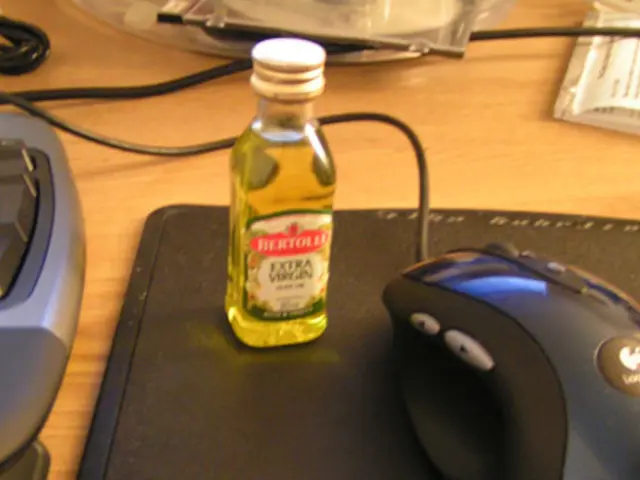The Dance of Atoms: Building Blocks of Life
In the realm of the incredibly small, a fascinating dance unfolds. Electrons, tiny particles with a negative charge, orbit around the nucleus in distinct energy levels, forming electron shells. This intricate ballet is the foundation of our world, as atoms, molecules, ions, and compounds, all built from these basic components, form the building blocks of life itself.
At the core of every atom lies the nucleus, the heart of the matter. Here, protons, which give atoms their positive charge, and neutrons, which add to their mass, reside. The number of protons determines the atomic number, making each element unique. Around this nucleus, electrons dance in different energy levels, creating electron shells.
When two or more atoms join forces, held together by chemical bonds, molecules are born. These molecules can further combine with other elements to form compounds, creating a vast array of substances that make up our world. Some of these compounds, like proteins, DNA, RNA, carbohydrates, and lipids, play crucial roles in the cells of living organisms. Known as macromolecules, they serve essential functions such as providing structure, storing energy, carrying genetic information, and regulating biological processes. Together, these macromolecules enable vital life functions, from cell structure to metabolism and communication.
Ions, atoms that have lost or gained electrons, also play a significant role. With a net electrical charge, they can influence cellular processes and interact with other molecules in unique ways. All these components, from the tiniest electron to the complex macromolecule, are present in our cells. In fact, cells are composed of approximately 95% water and organic molecules, with the remaining 5% consisting primarily of inorganic ions. This intricate tapestry of elements and compounds is what makes life possible.
From the dance of electrons around the nucleus to the complex interactions of macromolecules within cells, the world of atoms, molecules, ions, and compounds is a fascinating one. Understanding these fundamental building blocks is key to unraveling the mysteries of life and the universe around us.
Read also:
- Inadequate supply of accessible housing overlooks London's disabled community
- Strange discovery in EU: Rabbits found with unusual appendages resembling tentacles on their heads
- Duration of a Travelling Blood Clot: Time Scale Explained
- Fainting versus Seizures: Overlaps, Distinctions, and Proper Responses






